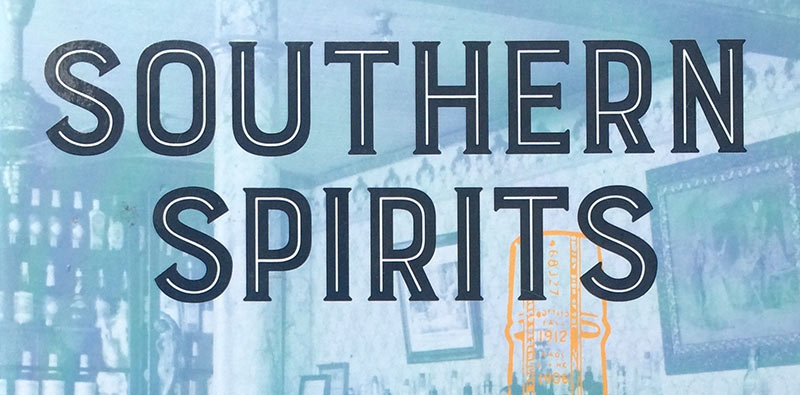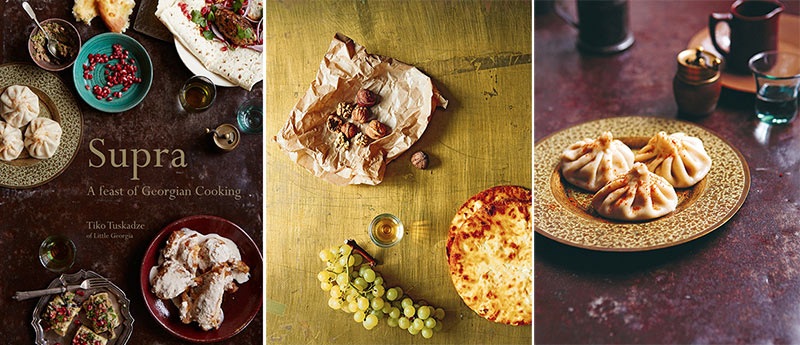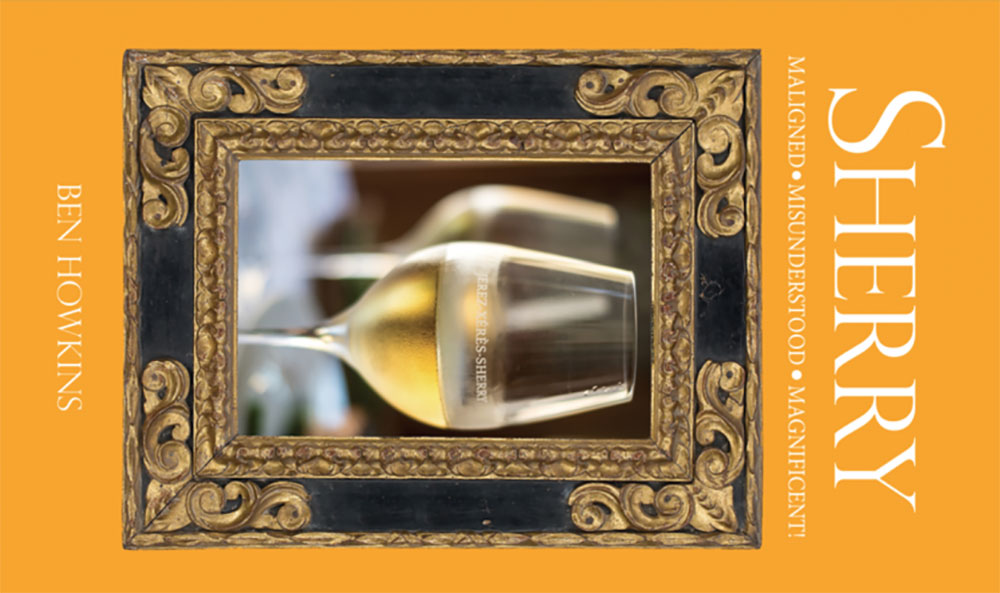It’s incredible to think that the act of blind wine tasting has gone from a state of complete oblivion by the public at large to now being one the niftiest, wowiest party tricks one can be capable of. What’s even more impressive is that in the short span of the last six years we’ve gone from having essentially no texts on the subject and needing to spend big money to train with people possessing post-nominal letters to now, where we have at least two very good and very complementary books […]



